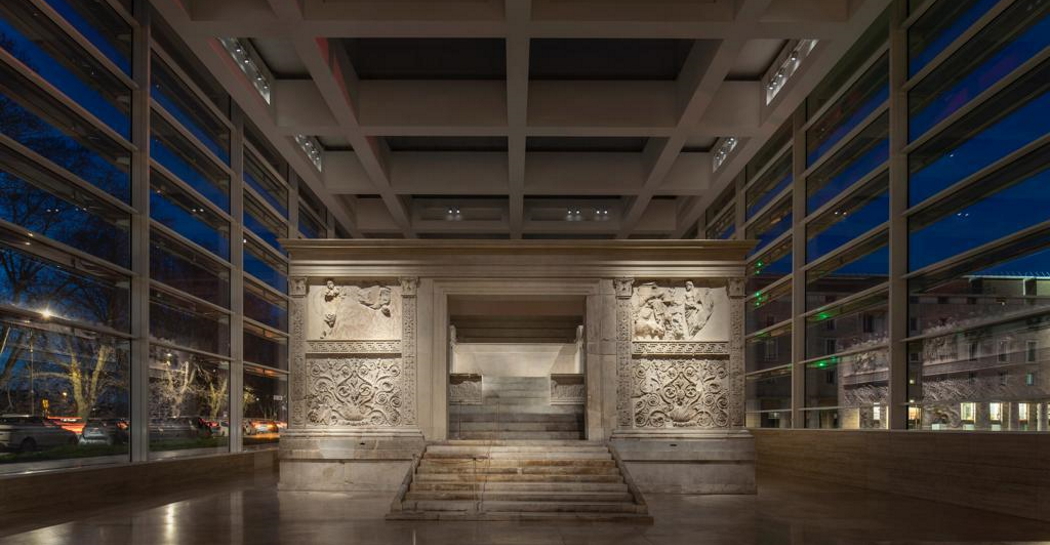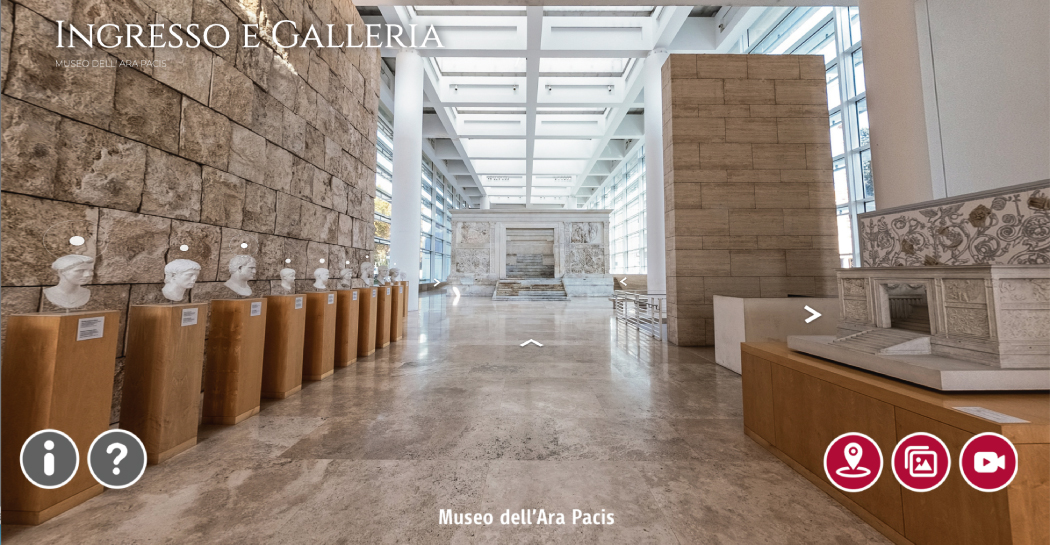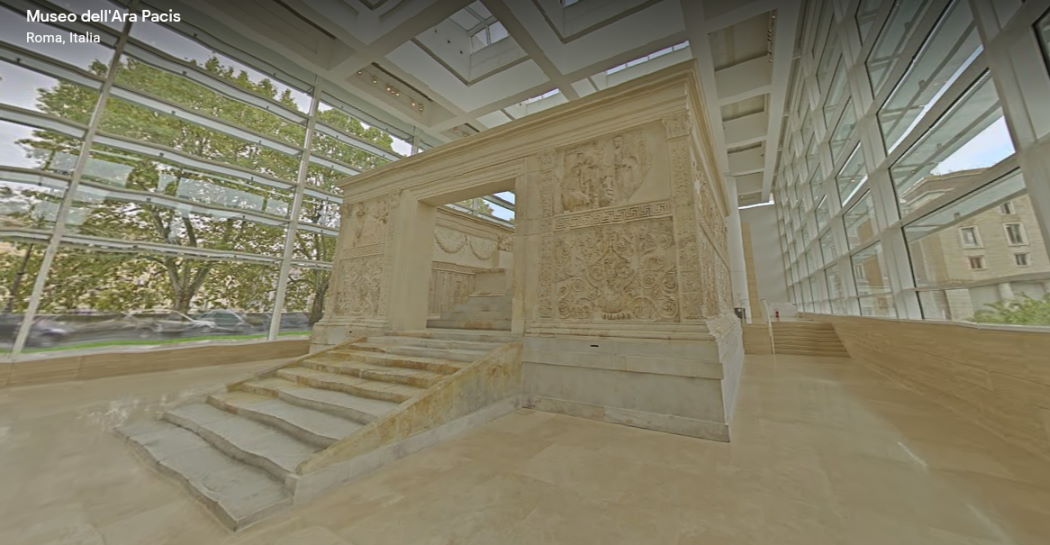The Ara Pacis shows a new light with the contribution of Bvlgari
The work was sponsored by Maison Bvlgari's patronage of 120,000 euro, and Roma Capitale has completed the renovation by using its own funds to renovate the exhibition space underneath for a total of over 86.3 thousand euro.
The main target of the Superintendency of Rome was to increase the visual quality of the monument and the perception of the architectural spaces, working in accordance with the artistic direction of the architect Richard Meier, creator and designer of the museum complex, who wanted to follow, evaluate and confirm the current lighting intervention.
"I would like to thank Bvlgari for its contribution to the city on this occasion too. We are making iconic places in Rome visible and even more beautiful. Taking care of and developing our city is a great commitment that we carry out together and that we can achieve also thanks to the precious collaboration of private entities. Only a week ago the museums reopened in safety, today we are giving new light to an important symbol for all Romans, an architectural and cultural heritage of inestimable value," said the Mayor of Rome Virginia Raggi.
For Jean-Christophe Babin, CEO of the Bvlgari Group: "We are proud to have contributed to this project, which admirably combines beauty and energy efficiency. As jewellers, we know how essential light is to give the right emphasis to the treasures of nature, and to the treasures of history as in this case. Bvlgari has been at the forefront of preserving and enhancing the capital's artistic heritage for years. We strongly believe in the partnership between the public and private sectors and we are more than ever ready to collaborate with the institutions to bring forward new projects that represent a tribute to the greatness of Rome and its millenary culture".
The relamping of the Ara Pacis also represents a major step forward in terms of sustainability and compliance with the recent European directives on energy saving: the new lamps make it possible to reduce the previous consumption of electricity and consequently operating costs by one seventh. The nominal power of the lighting system is reduced from 57 kW of halogen lamps to 8.4 kW of LEDs, reducing the electrical load by 85%.
Maintenance costs have also been minimised: the new luminaires have very high technical specifications both in terms of maintaining the luminous flux over time (90% of the initial luminous flux is guaranteed over 50,000 hours of operation) and in terms of the integrity of the system (only one LED per 1,000 installed can fail in 50,000 hours of operation). This means that the new system minimises its maintenance requirements throughout its useful life, while maintaining the initial performance level substantially unchanged over time.
The technical possibilities implemented with the intervention are also remarkable: it is now possible to act on the gradualness of the lighting, programming different "scenarios" (night/day; summer/winter; luminous highlights) that benefit the usability of the complex and the visibility of the altar which, enclosed in a glass and steel case, is sensitive to the hourly, seasonal and meteorological variations of the outside.
The work was carried out using ERCO lighting fixtures, a company known internationally for its experience in the field of architectural and artistic lighting.








































